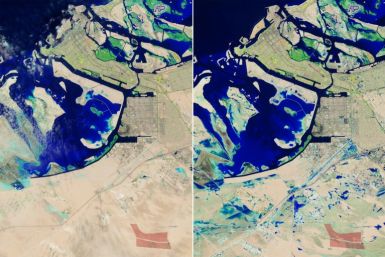Mars Travelers to Get Radiation Protection Using Poo Cover on Spacecraft
The planned 501-day mission to Mars in 2018 will probably make space history not only because of the ambitious undertaking which would include an elderly male and female couple, but also would probably be the most creepy in history.
Dennis Tito, the world's first space tourist who is organising the sojourn to Mars, disclosed that as a protection against radiation, the spacecraft headed for the Red Planet will be shielded by human feces.
"It's a little queasy sounding, but there's no place for that material to go, and it makes great radiation shielding," New Scientist quoted Taber MacCallum, the chief technology officer of Mars Foundation which was established by Mr Tito for the 501-day space trip.
He explained that they would use a similar system that the NASA is already working on, using osmosis to separate clean, drinking water from urine.
However, the feces from the space travelers would not be applied immediately after it is deposited in the spacecraft's toilet but be dehydrated first. Besides the dehydrated feces, food and water would also be use to layer the walls of the spaceship.
The dehydrated feces and other waster products will be 40-cm thick, sufficient to reduced the background radiation of space to tolerable levels but not enough protection in case there is a solar flare.
Mr McCallum explained that the walls of the spacecraft would be lined with special polyethylene bags filled with drinking water as added protection against cosmic rays because of water molecules having more nuclei per volume than metal.
When the water supply depletes, the bags would be filled with urine.
The flyby to Mars is expected to take at least 17 months, considered a very long time to be away from the protective covering of Earth's atmosphere. Space travelers exposed to heightened radiation levels in outer space are at a risk for different problems such as nausea, fatigue, skin injury, alterations in white blood cell counts and the immune system and damage to eyes, lungs, gastrointestinal tract and central nervous system, according to the National Space Biomedical Research Institute.
The need to drink one's urine just to survive has been reported among survivors of earthquakes trapped in building rubbles, while there had been incidents of mountain hikers eating the flesh of their dead co-climbers just to survive.
The movies had also some famous pee-drinking scenes like that of Kevin Costner in the 1995 movie Waterworld and the Man Woman Wild film of Discovery Channel how a couple survived the Mexican desert.






